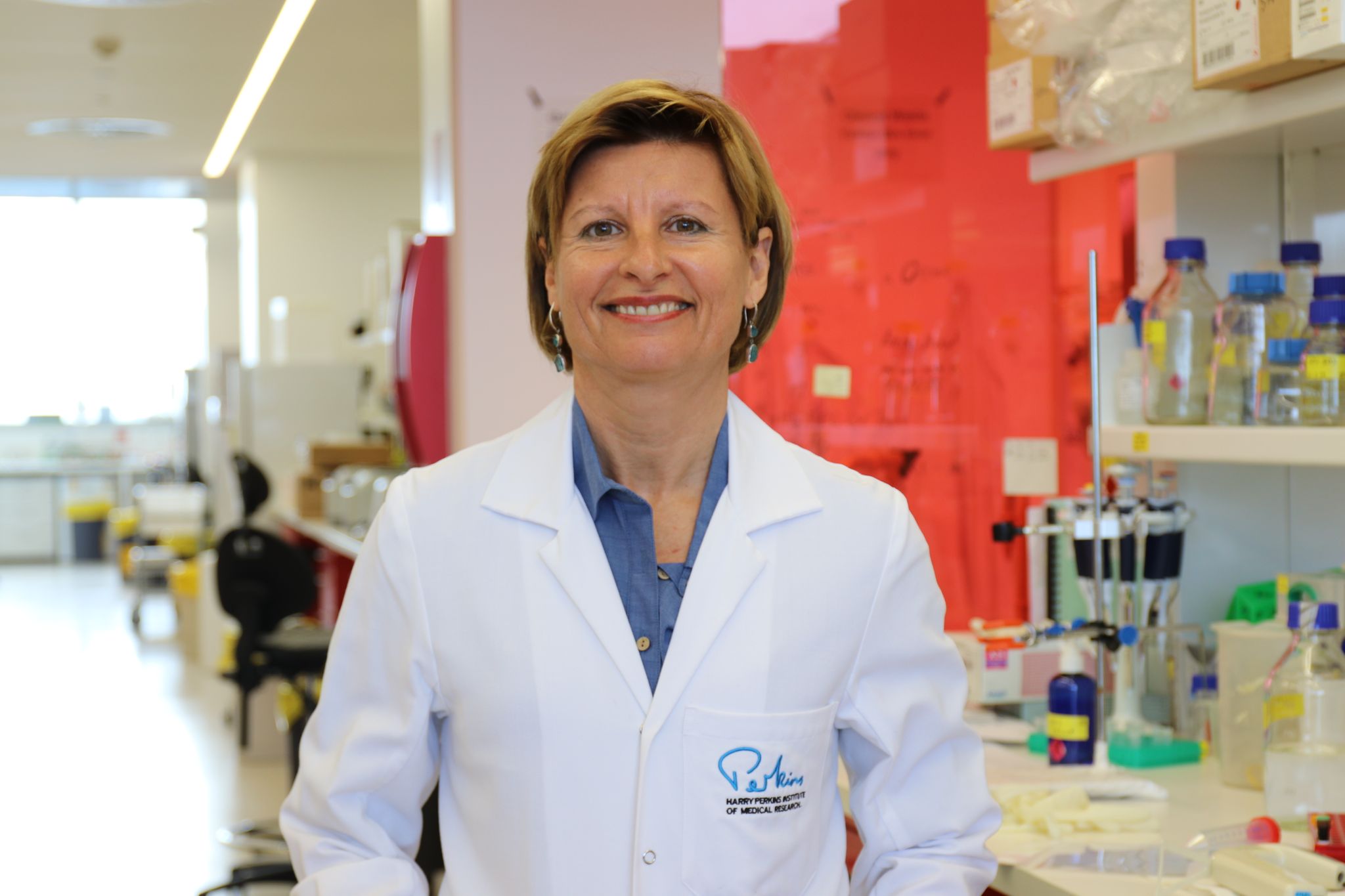
 Originally published in Business News: 19 April, 2021
Originally published in Business News: 19 April, 2021
EIGHT years ago a cancer researcher in Perth examined data from Stanford University USA from thousands of breast cancer patients and discovered some-thing that had not been noticed before.
In amongst the hormone driven breast cancers, which usually respond well to treatment, was a small group with terrible outcomes.
Half of the women in this group were dying of the disease.
This is the story of the hunt to find what was causing such a grim result and to see if it could be overturned.
It resulted in the discovery of a new cancer-causing gene and of a protein not like any other protein yet discovered in the human body.
It also led to the world-renowned journal Nature Communications publishing the research by Associate Professor Pilar Blancafort from the Harry Perkins Institute of Medical Research and UWA.
Her discoveries open the door to a genetic test to identify whether women with hormone receptor positive breast cancers have this cancer-causing gene.
They also provide opportunities for new targeted treatments.
About three quarters of all breast cancers are hormone driven and most have a high survival rate, but this cancer-causing gene produces a highly aggressive cancer.
The team looked carefully at how these tumours were different from cancers with better outcomes and found they were bigger and spread more commonly to lymph nodes.
They also discovered these aggressive cancers have extra copies of a particular gene, AAMDC.
They found cancer cells use this amplified gene to make a cancer driving protein at higher than normal levels.
This copying or amplification of the gene that makes the cancer driving protein is found on a particular chromosome which is in about 10% of all breast cancers.
Of extra relevance is that this chromosome is also present in other highly aggressive cancers, such as ovarian, prostate and lung cancers.
The protein that Pilar’s lab discovered is most unusual. It is unique and most closely resembles a protein found in bacteria, rather than a protein found in human cells.
This protein promotes growth of the cancer in a way that is independent of the estrogen and progesterone which are the hormones in breast tissue which typically control cell growth.
It can protect the tumour cells against the typical anti-cancer hormone treatments. It prevents the cancers from being cured.
Associate Professor Pilar Blancafort discovered that this unusual protein can reprogram breast cancer cell metabolism, making the cells more adaptable when they are starved of food and energy supplies, which is typically what happens during breast cancer treatment.
In fact, the protein actually activates new growth pathways in the cell when estrogen is removed or even when cancer cells are placed in presence of anti-estrogens.
Usually starving hormone receptive breast cancers of estrogen causes them to shrink, but in this sub-group starving them of estrogen triggers a signal that causes the tumour to grow.
In other words, this protein can protect cancer cells from dying and maintain their growth when the tumour is placed in conditions that would kill most hormone sensitive cancers.
It’s as if the protein acts as a ‘survival kit’, allowing tumours to adapt to treatment and support the growth and multiplication of breast cancer cells in conditions of metabolic stress.
It appears cancer treatments actually trigger this type of cancer to flourish.
This remarkable discovery enables new drugs to be developed that block the pathways this protein switches on.
The next steps are to kill these cancer cells directly and restore their sensitivity to usual hormone treatments.
This is a great story of what comes from the scientific culture of sharing research globally for the benefit of patients.
